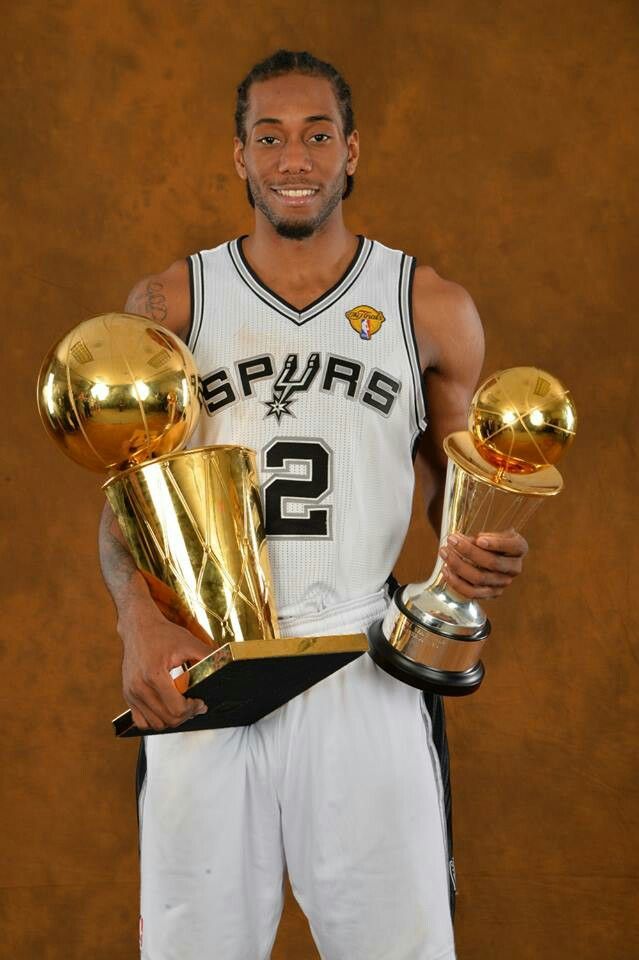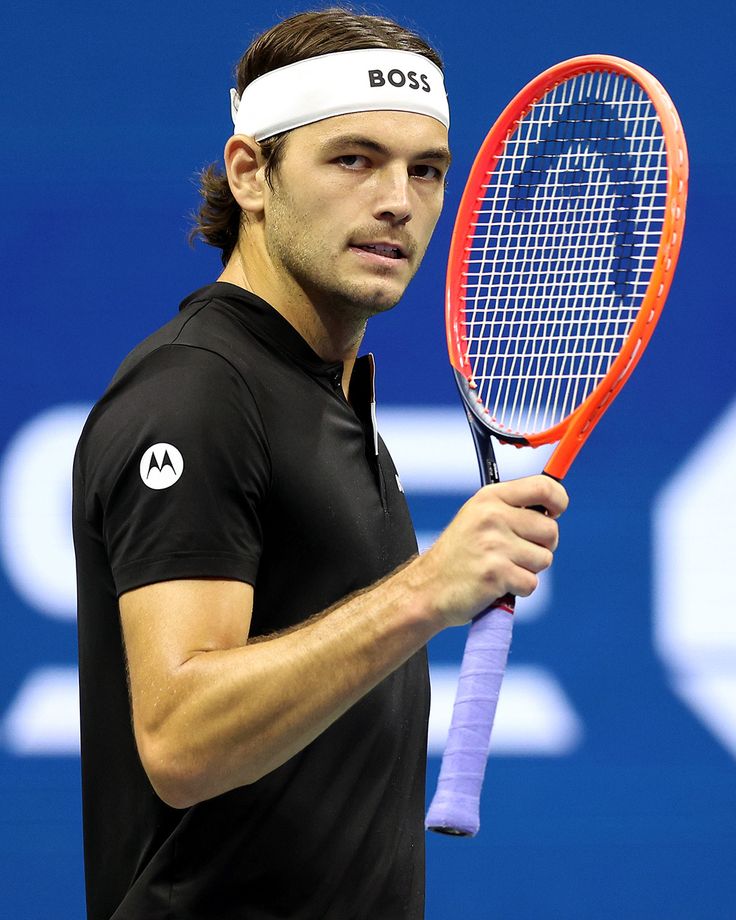“Kawhi Leonard: The Silent Superstar Redefining NBA Greatness”
Early Life and Personal Background: A Foundation of Resilience
Kawhi Leonard was born on June 29, 1991, in Los Angeles, California, and grew up in a family where discipline and hard work prevailed. His father, Mark Leonard, ran a car wash business and was a significant influence in encouraging Kawhi athletic ambitions. Tragically, in 2008, when Kawhi was 16, his father was murdered outside his car wash in Compton, an event that deeply affected Leonard’s calm demeanor and determination. According to his stepmother, Jacqueline, Mark’s dream was to see Kawhi become a professional athlete, and this loss shifted Leonard’s focus to basketball as a means of carrying on and honoring his father’s legacy.
This personal tragedy, coupled with his upbringing in a challenging environment, cultivated a reserved personality and a relentless drive, setting the stage for his unconventional path to stardom.
Rise to the NBA: From Underdog to Draft Steal
Leonard’s journey to NBA greatness began modestly. At San Diego State University, he was a standout but not a highly touted player. His defensive tenacity and physical ability—particularly his big hands, which earned him the nickname “The Claw”—caught the attention of scouts. After being selected 15th by the Indiana Pacers in the 2011 NBA Draft, he was traded to the San Antonio Spurs on draft night in exchange for George Hill.
Spurs coach Gregg Popovich called the move one of the toughest decisions of his career. Leonard’s early years with the Spurs showcased his defensive prowess and work ethic, as he studied film of greats such as Michael Jordan, Kobe Bryant, and Hakeem Olajuwon to shape his game. His ability to contribute without much discussion laid the foundation for him becoming a unique superstar.
Two-Way Excellence: Redefining the Modern Superstar
Leonard is considered one of the greatest two-way players in NBA history, excelling on both offense and defense. His defensive accolades include seven All-Defensive Team selections and two Defensive Player of the Year awards (2015, 2016). His ability to guard multiple positions, often neutralizing the opponent’s best player, is complemented by his offensive development.
Initially known as a defensive specialist, Leonard developed into an efficient scorer, averaging 26.6 points per game with the Toronto Raptors in 2018–19. His midrange game, three-point shooting, and clutch performances—such as the iconic Game 7 buzzer-beater against the Philadelphia 76ers in 2019—demonstrate his versatility.
Championship Pedigree: Leading Teams to Glory
Leonard’s impact is cemented by his leadership in securing two NBA championships with different teams: the San Antonio Spurs (2014) and the Toronto Raptors (2019), earning Finals MVP honors both times. In 2014, at age 22, he played a key role in the Spurs’ demolition of the Miami Heat, showcasing his ability to compete against LeBron James.
His 2019 run with the Raptors, which culminated in a historic title for the franchise, included a stellar playoff performance, the highlight of which was “The Shot”—the first Game 7 buzzer-beater in NBA history. These accomplishments place him in an elite group, including LeBron James and Kareem Abdul-Jabbar, of players who have won Finals MVP with multiple teams,underscoring his ability to elevate any roster.
Silent Leadership: Influence Beyond Words
Leonard’s restrained personality sets him apart in a league driven by narrative and charisma. Described by Popovich as a “1.75 on a 1-10 quotable scale,” Leonard speaks with his actions. His guidance is subtle yet profound, influencing teammates like James Harden and Norman Powell with his professionalism and championship experience. Off the court, as analysts have noted, he contributes strategically, possibly studying film and offering guidance during practice. This quiet leadership challenges the expectation that superstars must be outspoken or media-savvy, proving that influence can come through example and performance. His humility—living modestly and avoiding the trappings of fame—makes him even more distinctive as the model for a new kind of NBA greatness.
Share this content:




Post Comment